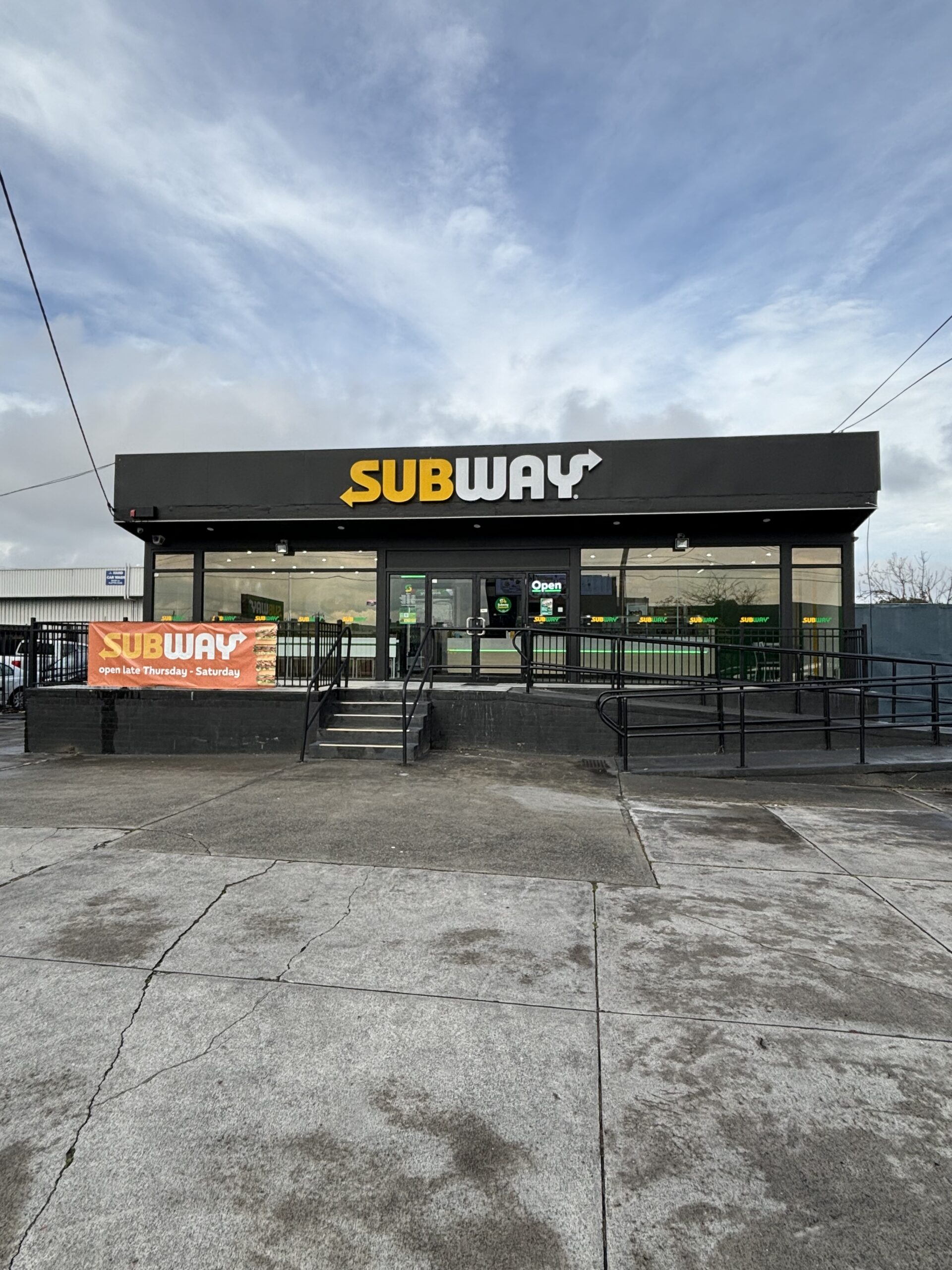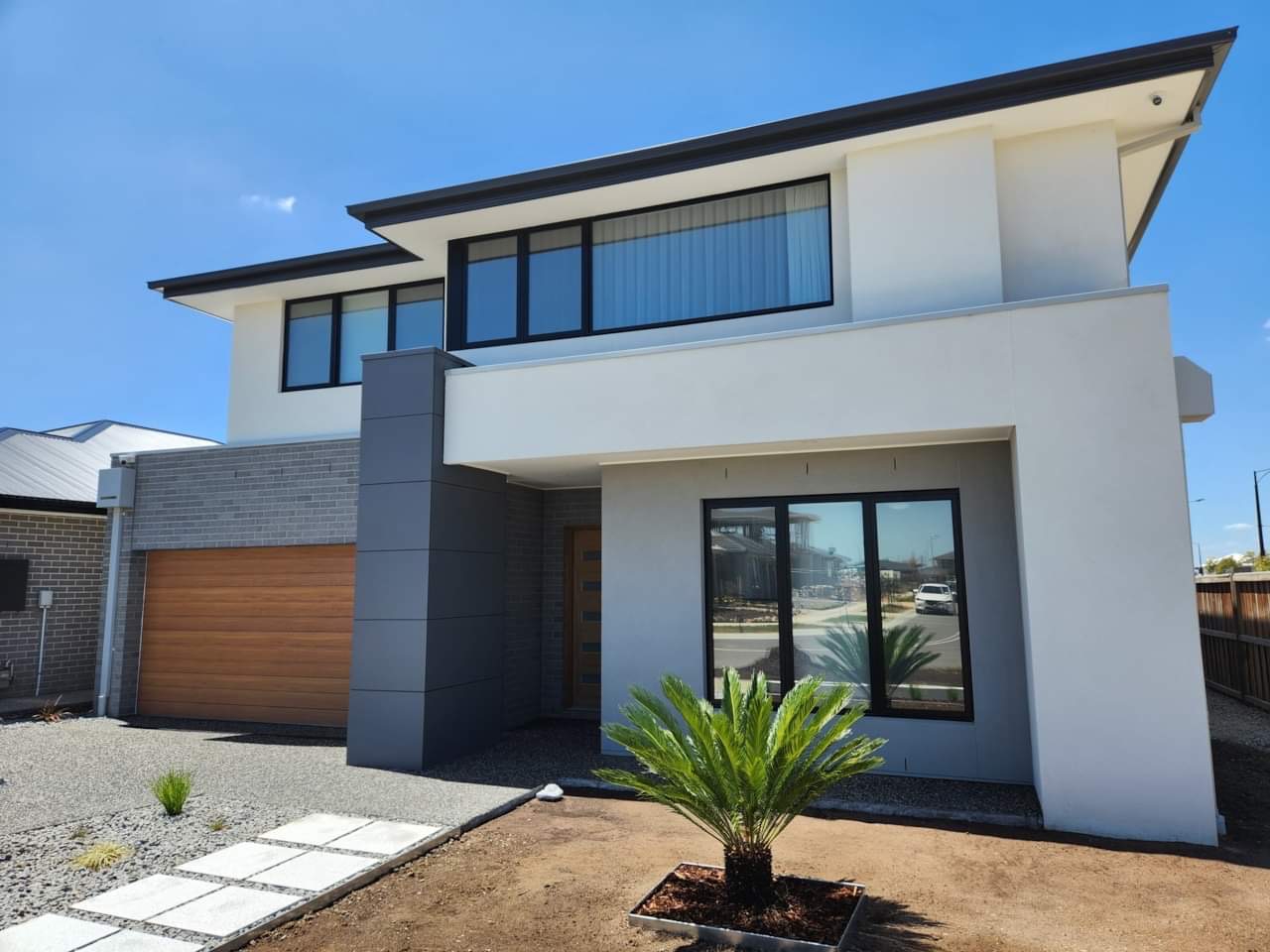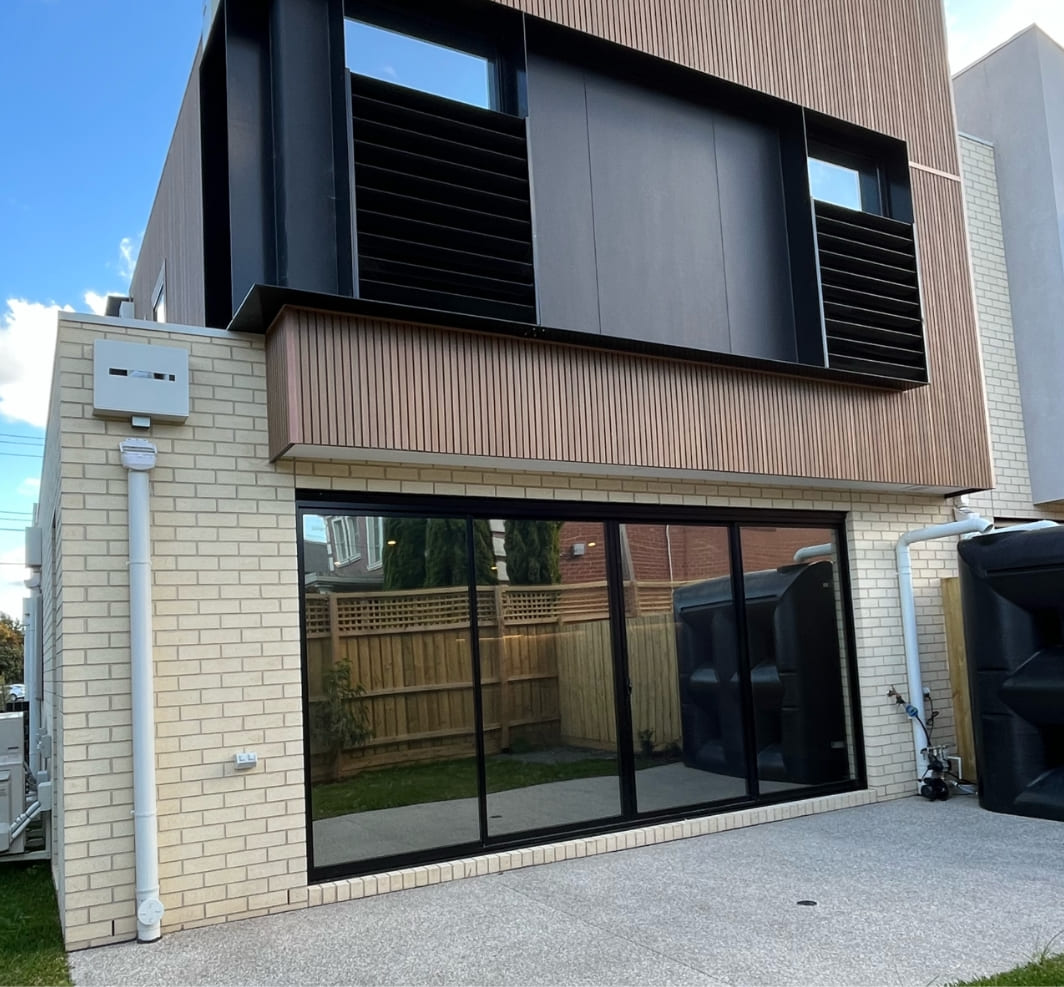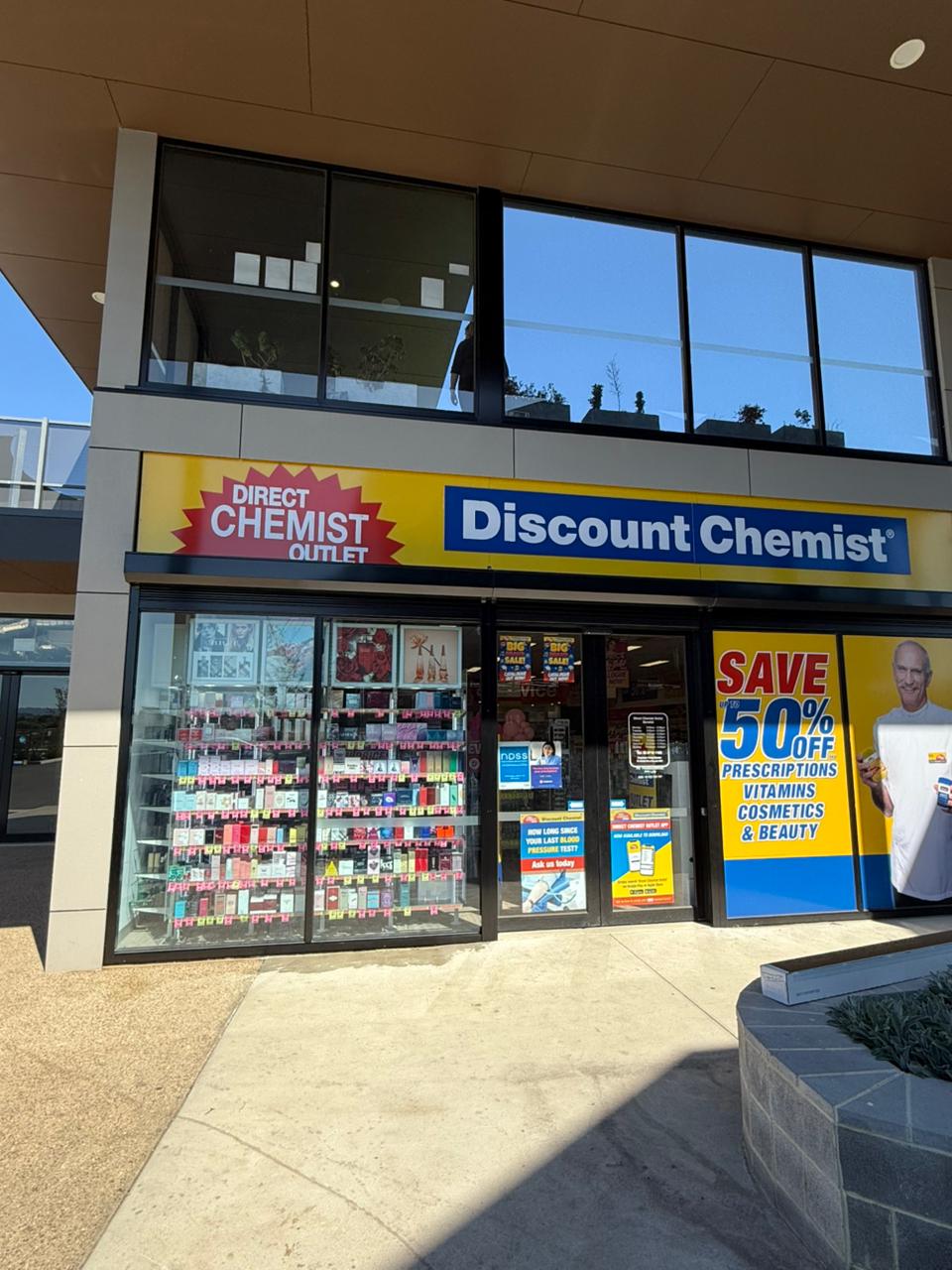The type of glass you have significantly influences the type of tint that is suitable. Here are some considerations:
1. Tempered Glass: This type is common in vehicles and many commercial buildings. Most window tints, including ceramic, metalized, high-reflective, low-reflective, and dual-reflective tints, are compatible with tempered glass.
2. Laminated glass, which is commonly used in vehicles and buildings for added safety, can also undergo tinting. However, it is important to ensure that the glass does not overheat, as this can cause delamination.
3. Single-Pane Glass: Most residential and commercial tints work well with single-pane glass. Dual reflective and ceramic tints are both excellent options.
4. Double-pane Glass: These are often used in residential and commercial buildings for energy efficiency. Tints with a high absorption rate, such as some low reflective tints, can cause thermal stress and lead to cracks. Therefore, choosing a tint with a lower absorption rate is essential.
5. Low-E Glass: Low-E (low emissivity) glass already has a coating that reflects heat. Certain types of tints can interfere with this coating, so you should choose a tint specifically designed for compatibility with low-E glass. It is also essential to find out which surface is low-E coated.




